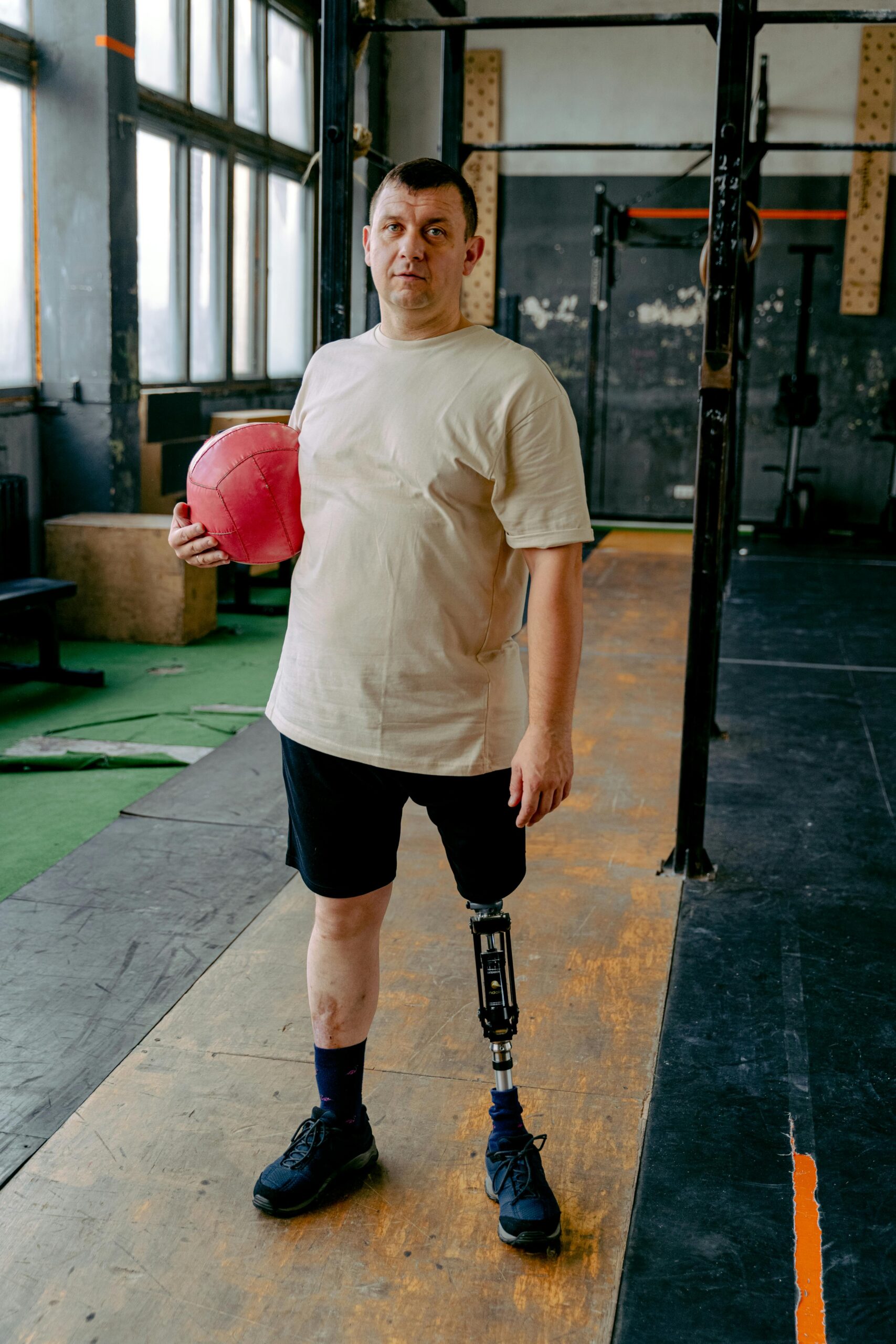Functional Training: A Modern Approach to Fitness
In recent years, functional training has surged in popularity, revolutionizing how people approach fitness. Unlike traditional workouts that isolate muscle groups, functional training emphasizes movements that mimic real-life activities, improving strength, balance, and mobility in ways that translate directly to daily life. Whether you’re an athlete, a busy professional, or someone recovering from an injury, this method offers adaptable solutions to enhance physical performance. This article explores the core principles of functional training, its benefits, and how to integrate it into your routine effectively. By the end, you’ll understand why this holistic approach is more than a trend—it’s a science-backed strategy for building a resilient, capable body.
What is Functional Training?
Functional training focuses on exercises that engage multiple muscle groups and joints simultaneously, replicating natural movements like pushing, pulling, squatting, or rotating. Originating from rehabilitation practices, it prioritizes movement patterns over isolated strength. For example, a squat with an overhead press mimics lifting a heavy object, while a lunge with a twist improves rotational stability. The goal is to enhance the body’s ability to perform everyday tasks efficiently while reducing injury risk. Unlike machines that restrict motion to a single plane, functional training often incorporates free weights, resistance bands, or bodyweight exercises to challenge balance and coordination.
The Benefits of Functional Training
This approach offers advantages beyond aesthetics:
- Improved Daily Functionality: By training movements rather than muscles, users gain strength applicable to real-world scenarios, like carrying groceries or climbing stairs.
- Injury Prevention: Strengthening stabilizer muscles and improving joint mobility reduces imbalances and enhances resilience.
- Enhanced Athletic Performance: Athletes use functional training to build sport-specific power and agility.
- Time Efficiency: Compound exercises work multiple areas at once, maximizing workout effectiveness in shorter sessions.
Studies also suggest functional training can improve posture and alleviate chronic pain caused by sedentary lifestyles.
Core Elements of a Functional Workout
A well-rounded functional routine includes:
- Multi-Planar Movements: Exercises in all three planes of motion (sagittal, frontal, transverse) to mirror natural body mechanics.
- Unstable Surfaces: Tools like balance boards or BOSU balls activate core muscles and improve proprioception.
- Compound Exercises: Deadlifts, push-ups, and kettlebell swings engage entire kinetic chains.
- Scalability: Adjust intensity using resistance bands, weights, or tempo changes to suit any fitness level.
Pairing these elements ensures workouts remain dynamic and adaptable to individual goals.
Functional Training vs. Traditional Strength Training
While traditional weightlifting builds raw power in specific muscles, functional training emphasizes movement quality. For instance, a leg press machine strengthens quads and glutes but neglects stabilizing muscles used in a bodyweight squat. Functional workouts also prioritize mobility and flexibility, whereas traditional routines may overlook these in favor of hypertrophy. However, the two approaches aren’t mutually exclusive—many athletes blend them for balanced progress. The key distinction lies in intent: functional training prepares the body for life’s demands, while traditional training often targets aesthetic or maximal strength goals.
How to Incorporate Functional Training Into Your Routine
Start by assessing your daily needs:
- Office workers might prioritize hip mobility and core stability.
- Parents could focus on lifting mechanics and endurance.
- Athletes should tailor exercises to their sport’s movement patterns.
Begin with foundational movements like planks, lunges, and farmer’s carries, gradually adding complexity. For example, progress from a basic squat to a single-leg squat with a medicine ball rotation. Aim for 2-3 functional sessions weekly, complementing them with cardio or flexibility work. Always prioritize form over weight to avoid injury.
Conclusion
Functional training isn’t just a fitness trend—it’s a philosophy that bridges the gap between gym workouts and real-life physical demands. By focusing on compound movements, adaptability, and holistic strength, it equips individuals to handle daily challenges with ease. Whether you’re rehabilitating an injury, enhancing athletic performance, or simply seeking a more practical approach to fitness, functional training offers tools to build a stronger, more capable body. Remember, the ultimate goal is not just to lift heavier weights but to move better, feel better, and live better. As you refine your routine, let functionality guide your choices, ensuring every rep contributes to a healthier, more resilient you.
